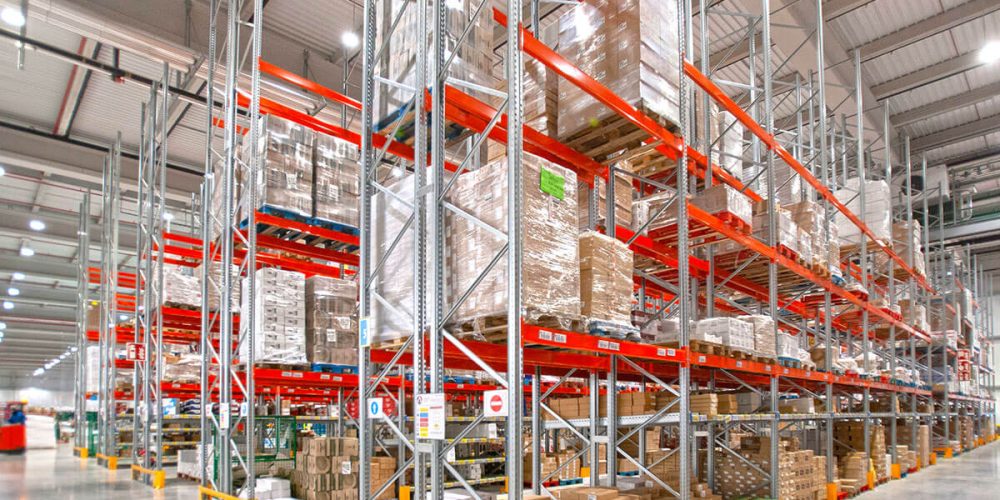

1. Selective Racking:
Selective racking is the most common and versatile type of racking system. It features adjustable shelves or pallet racks that allow for easy access to individual items or palletized goods. Selective racking is ideal for warehouses with a wide range of SKUs and frequent inventory turnover.
2. Drive-In/Drive-Through Racking:
Drive-in and drive-through racking systems maximize storage density by eliminating aisles and allowing forklifts to drive directly into the racking structure. Drive-in racking offers last-in, first-out (LIFO) inventory management, while drive-through racking enables first-in, first-out (FIFO) rotation.
3. Push Back Racking:
Push back racking systems utilize a series of nested carts that allow pallets to be stored and retrieved from the same aisle. As new pallets are loaded, they push existing pallets back along inclined rails. This dynamic storage solution maximizes space utilization and offers high-density storage with multiple picking faces.
4. Cantilever Racking:
Cantilever racking is designed for storing long, bulky, or irregularly shaped items such as lumber, piping, and furniture. It features horizontal arms that extend outward from vertical columns, providing easy access and visibility to stored items.
Benefits of Racking Systems
1. Space Optimization:
Racking systems maximize vertical storage space, allowing warehouses and industries to make the most of available square footage. By utilizing vertical space effectively, businesses can reduce the need for additional floor space and minimize storage costs.
2. Improved Accessibility:
Well-designed racking systems facilitate efficient material handling and retrieval processes. With clear aisleways and organized storage locations, workers can quickly locate and access the items they need, reducing picking times and increasing productivity.
3. Enhanced Safety:
Racking systems are engineered to withstand heavy loads and provide stable support for stored items. Safety features such as load-bearing capacities, aisle markings, and rack protection guards help prevent accidents and injuries in the workplace.
4. Scalability:
Racking systems are modular and scalable, allowing businesses to adjust and expand their storage capacity as needed. Additional racks, shelves, or accessories can be added to accommodate growing inventory levels or changing storage requirements.
Copyright @ MaaGangaMetalWares.com All rights reserved
Designed & Developed by Easy Solutions 360.